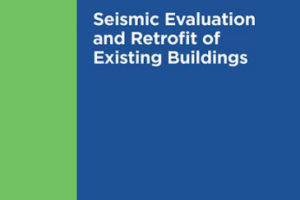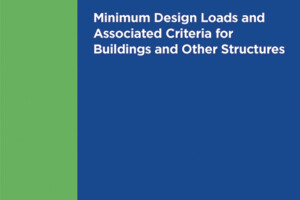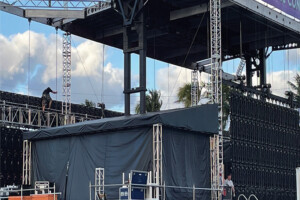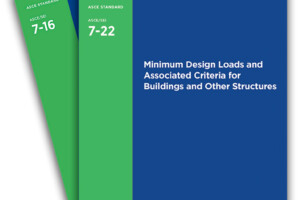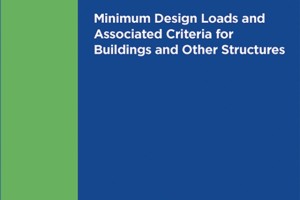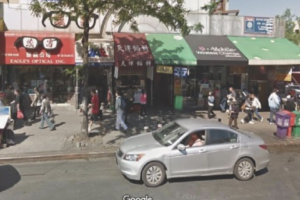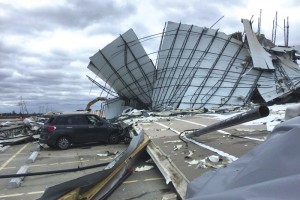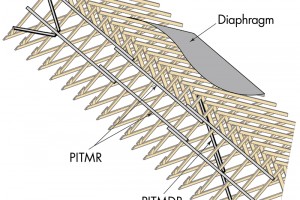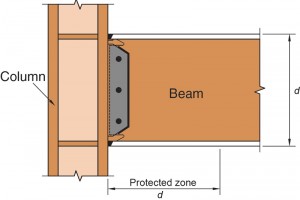What you always wanted to ask.
…Review Category : Codes and Standards
Statement on required load combinations for wind uplift.
…This quarterly article addresses some of the questions received about structural standards developed by the Structural Engineering Institute (SEI) of the American Society of Civil Engineers (ASCE). In addition, questions from engineers, building officials, and other design professionals are often considered to develop future editions. Following are some questions received by SEI and responses to clarify the provisions.
…Management in the entertainment industry.
The development of the International Building Code 2024 for temporary structures goes a long way toward defining the criteria that engineers should use in design. It provides design loads and operational management plans that both the building official and structural engineer can agree on and acknowledges that performance-based criteria for a structure with a limited duration can be achieved safely. The proposed Code has also referenced the operational management plan and inspection criteria specified in ANSI E1.21-2020, “Temporary Structures Used for Technical Production of Outdoor Entertainment Events.” While it is the best of both worlds, it is only one piece of the puzzle.
…What you always wanted to ask.
…What you always wanted to ask.
This quarterly article addresses some of the questions received about structural standards developed by the Structural Engineering Institute (SEI) of the American Society of Civil Engineers (ASCE). In addition, questions from engineers, building officials, and other design professionals are often considered in the development of future editions of the Standards. Following are some questions received along with SEI’s responses.
…Since 1980, when a periodic façade inspection and repair program (Local Law 11) was legislated in New York City (NYC), five fatalities have been caused by facades of buildings whose inspection is mandated by the program. Over the same period, there were five fatalities due to the collapses of parapets to which business signs were affixed. However, when a similar fatal accident involving a business sign occurred in the neighboring Westchester County, the New York Times reported that the Yonkers Fire Chief qualified it as a freak accident. Questioning this assertion, this article provides an overview of sign-related incidents in NYC and offers explanations of the most likely causes of fatal accidents.
…Are Target Performance Objectives Consistent with Recent Damage Observations?
Severe tornados struck the central and southern United States late on December 10, 2021. The heavy damage and the associated loss of life, which received extensive coverage by U.S. media outlets and piqued the general public’s interest, raised questions regarding the relative risks to structures from various natural hazards, including wind, tornadoes, earthquakes, floods, and fires. The damage from these tornados appeared to the casual observer disproportionate to the structural damage from other hazards such as hurricanes and earthquakes. Moreover, the tornado outbreak coincided with the release of ASCE 7-22, Minimum Design Loads and Associated Criteria for Buildings and Other Structures, which includes a new Chapter 32 related to tornado loads and raised the profile of performance under tornado loads in the minds of practicing structural engineers. This article focuses on how risks associated with different hazards are considered by structural engineers in current design standards and whether the devastation observed in December 2021 is somehow inconsistent with these approaches.
…Part 5: Wood (Chapter 23)
This five-part series discusses significant structural changes to the 2021 International Building Code (IBC) by the International Code Council (ICC). Part 5 includes an overview of changes to Chapter 23 on wood. Only a portion of the total number of code changes to this chapter is discussed in this article. More information on the code changes can be found in the 2021 Significant Changes to the International Building Code, available from ICC (Figure 1).
…Part 4: Concrete and Steel (Chapters 19 and 22)
This five-part series discusses significant structural changes to the 2021 International Building Code (IBC) by the International Code Council (ICC). Part 4 includes an overview of changes to Chapter 19 on concrete and Chapter 22 on steel. Only a portion of the total number of code changes to these chapters are discussed in this article. More information on the code changes discussed here can be found in the 2021 Significant Changes to the International Building Code, available from ICC (Figure 1).
…
